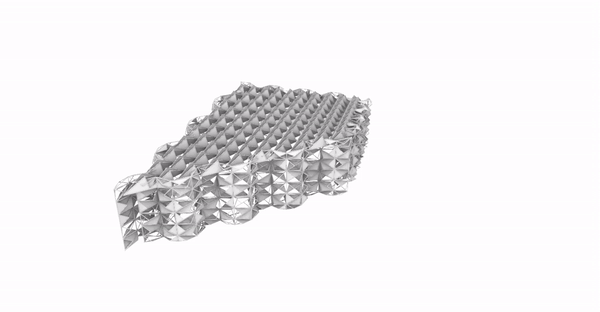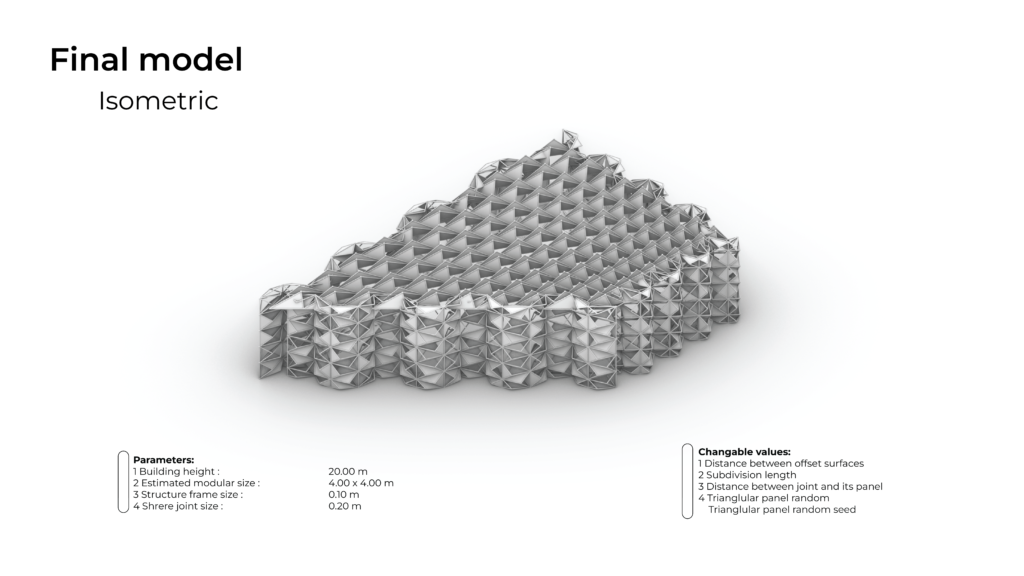Expo 2020: Japan Pavilion, Dubai by Yuko Nagayama
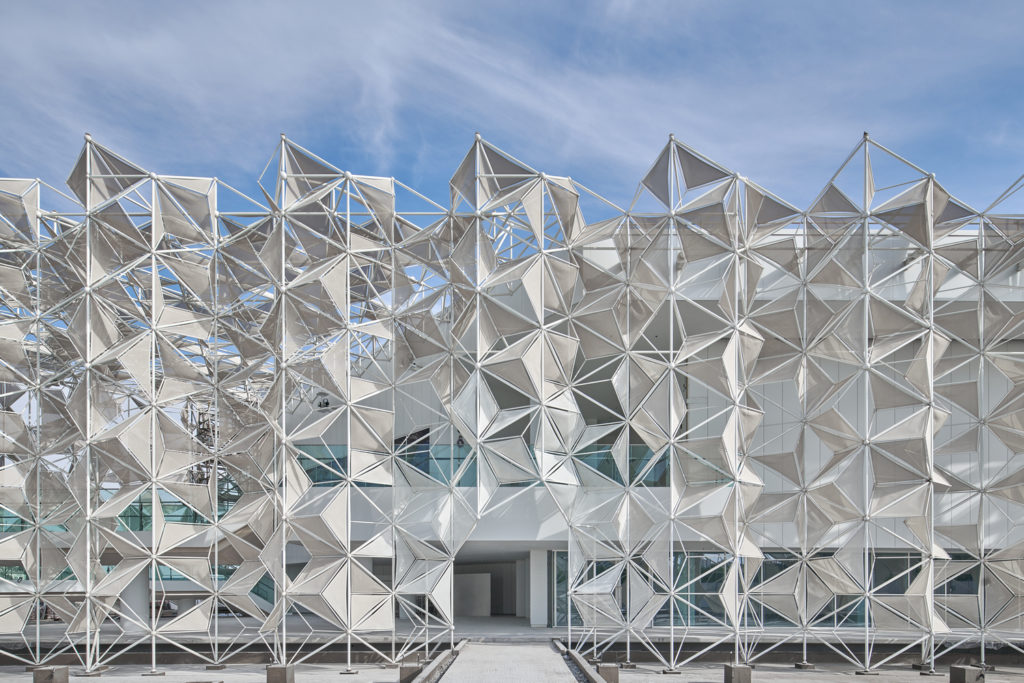
This project aims to study the structural design of the Japan Pavilion at Expo 2020 Dubai, focusing on two key components:
the facade and roof structures. The overarching design concept is centered around representing Eastern and Japanese cultural
elements through the simplicity of triangle space truss and frames. Both the roof and facade structures are constructed using triangular frames
arranged in various compositions.
The roof structure employs a space truss, while the façade system achieves a freestanding structure
through the folding of the space frame. The deliberate randomness applied to each surface produces a captivating
interplay of light and shadow, creating a mesmerizing effect during both daytime and nighttime.
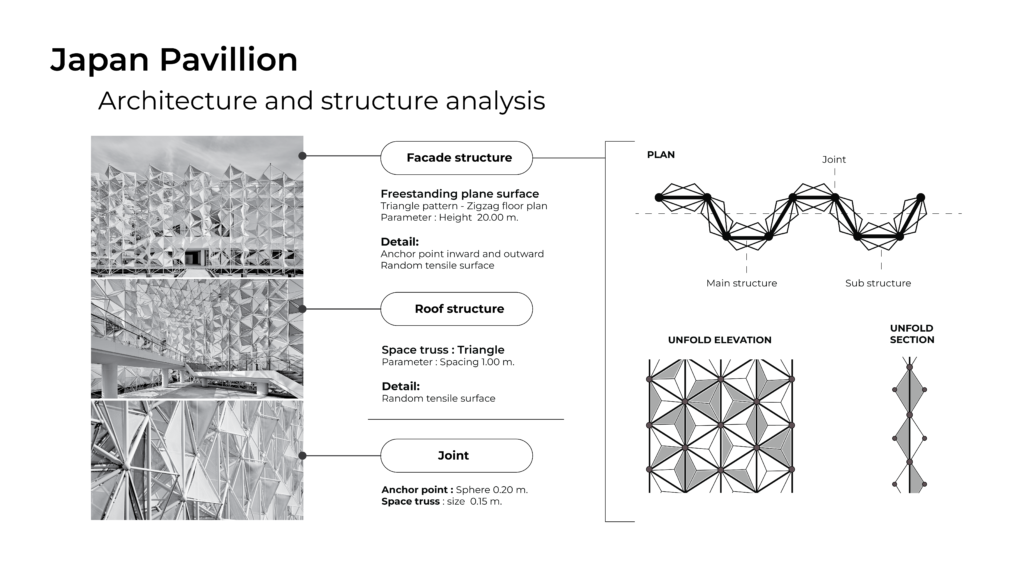

The facade system is developed by folding the surface into a zigzag section plan, enhancing the rigidity of the structure
and reducing the number of joints in the pavilion. This is achieved by employing triangular panels as both the main structure
and substructure within each panel. The formation process is determined by the distance between two offset-subdivided surface
and the lengths of the vertical panels.
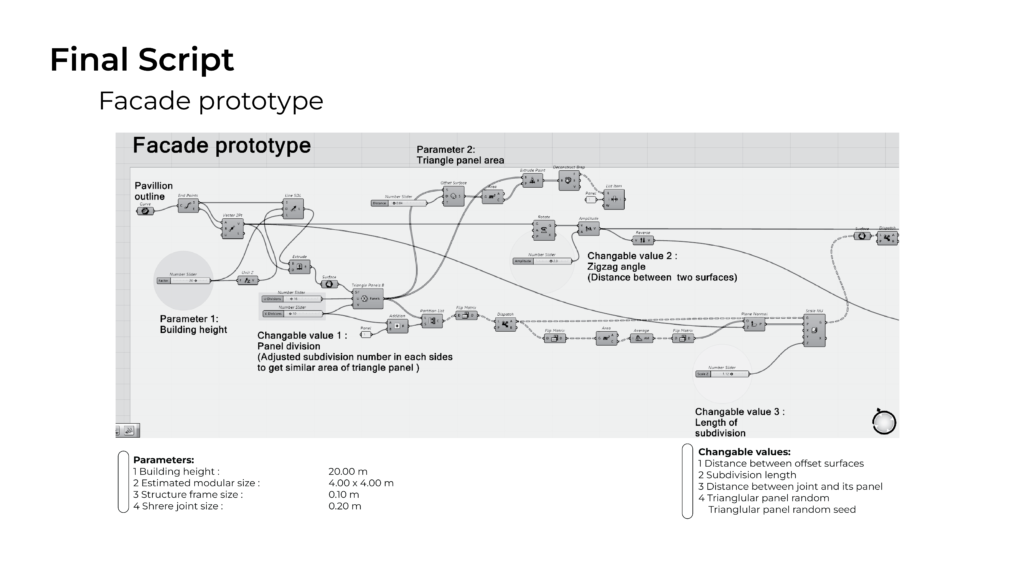
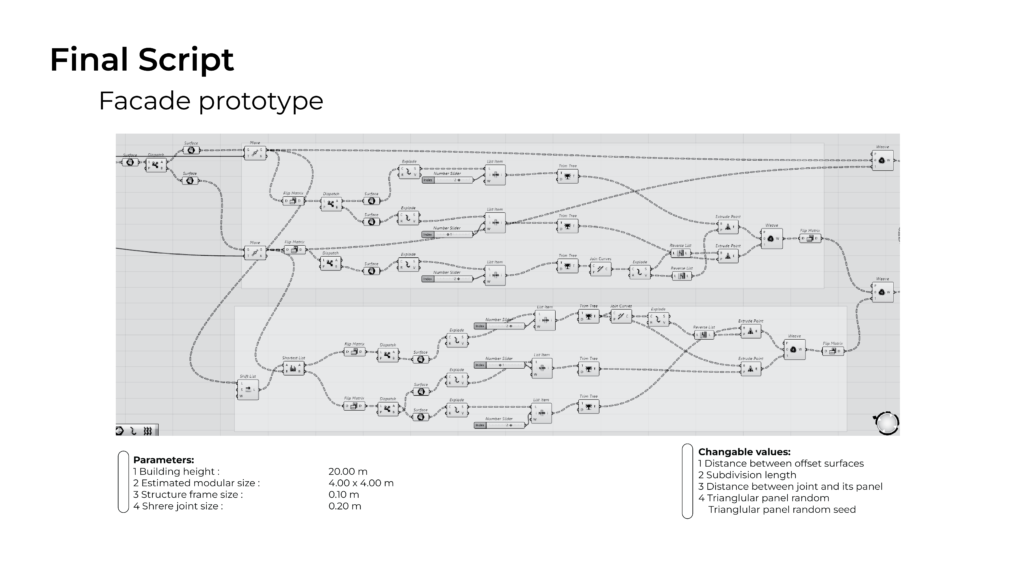
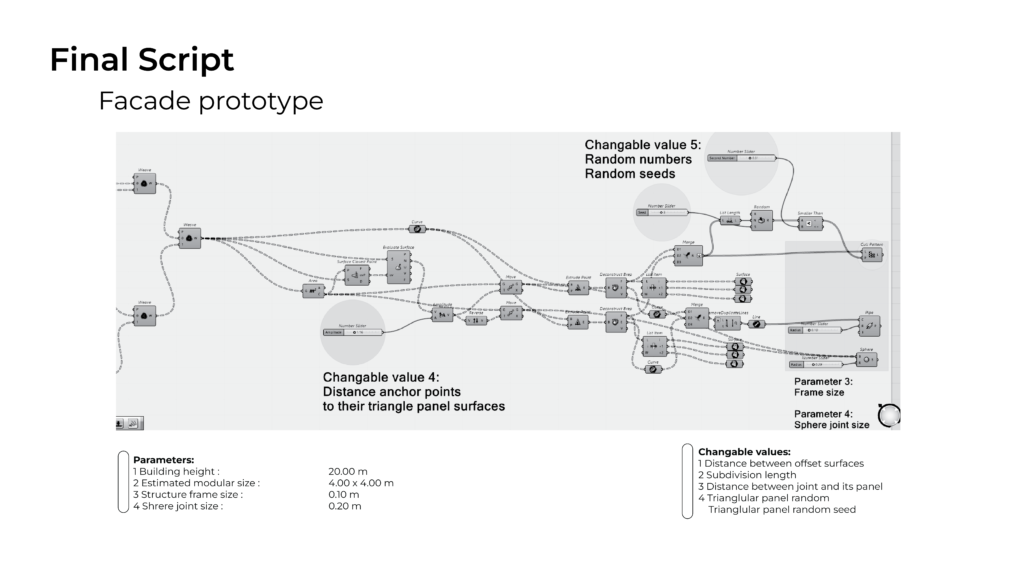
After comprehending the logic and the interplay between each surface,
the coding process involves replicating the code within the pavilion boundary.
This entails dividing it into distinct sides, serving as a foundational reference surface.
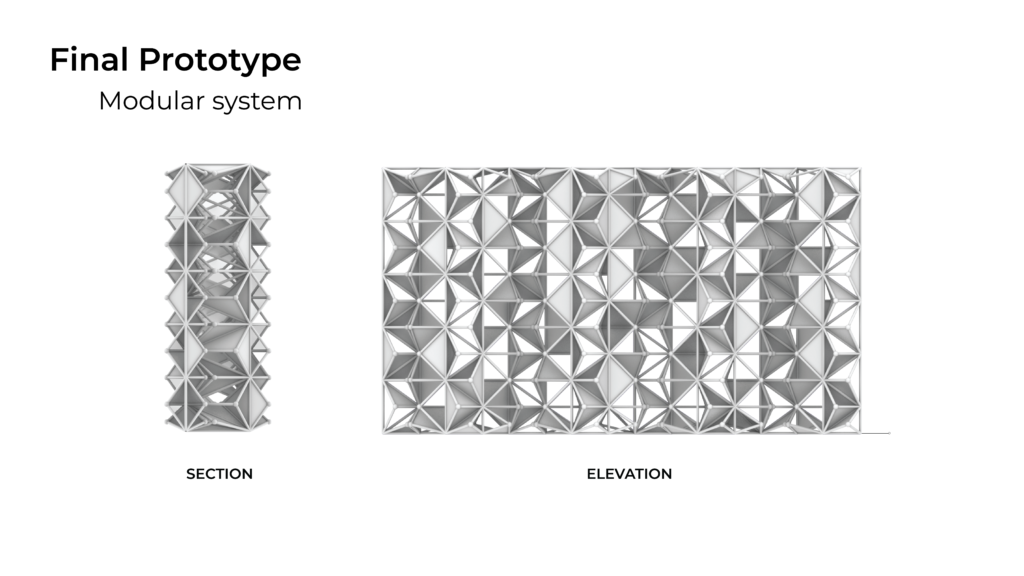
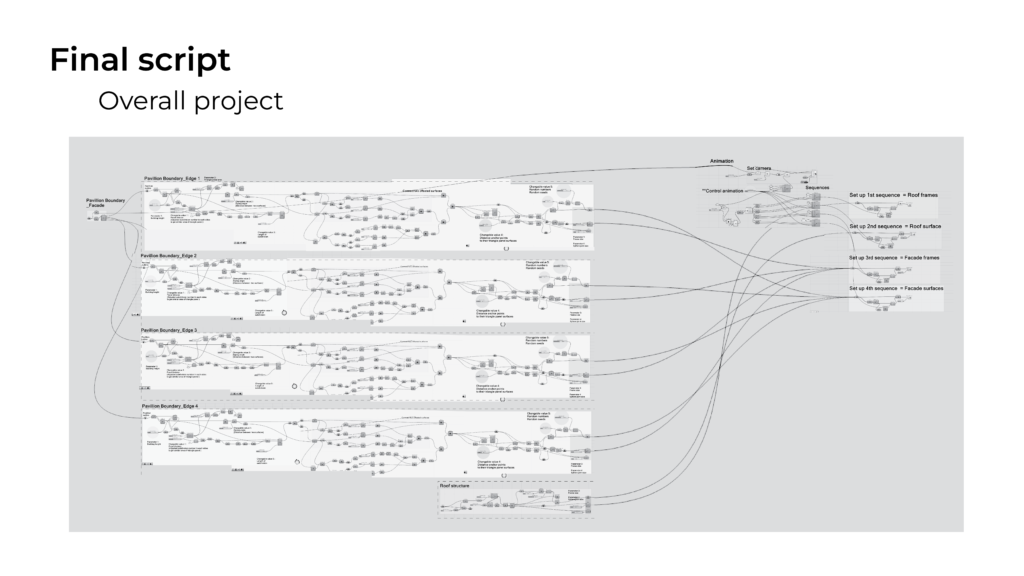
The animation processes accordingly in 4 sequences
from top to bottom; roof structure, roof surface, facade structure, and facade surface

